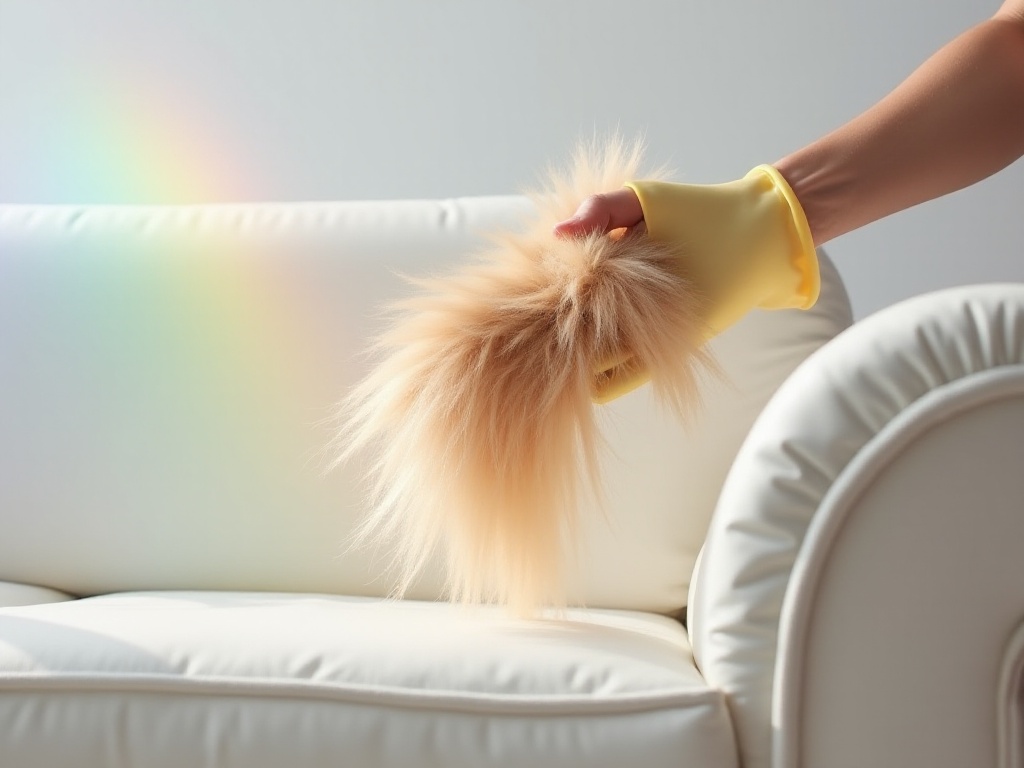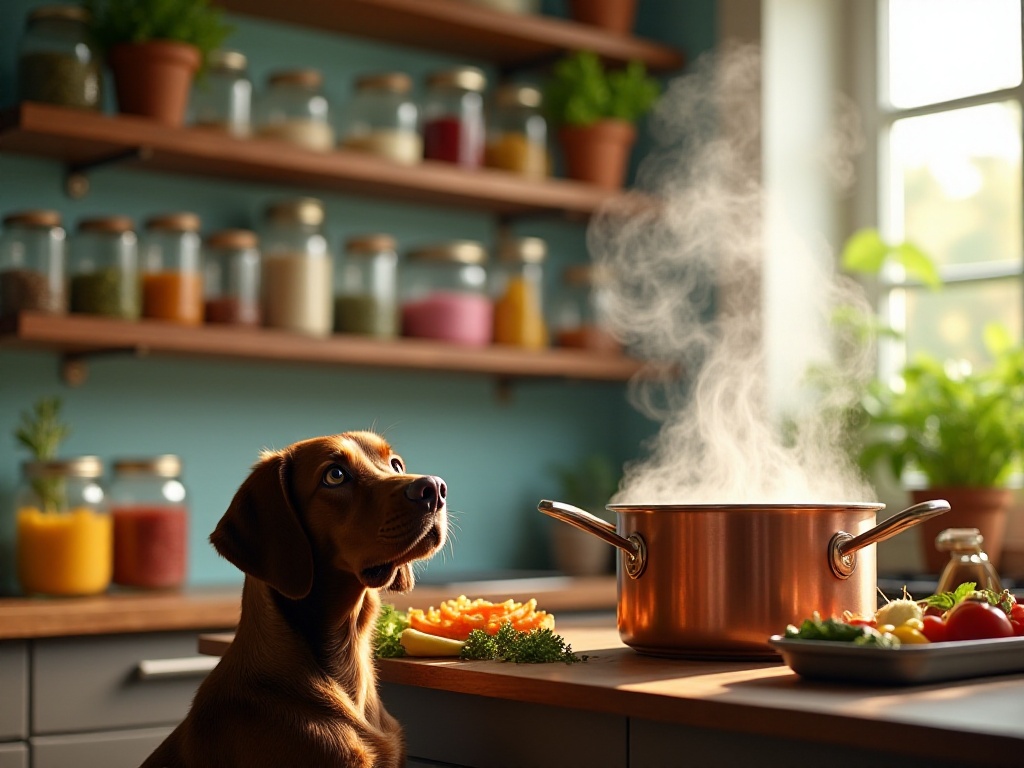Introduction
I'll never forget my first days as a pet parent. I was completely overwhelmed, feeling like an intern. I obsessively watched feeding times, terrified of missing my pet's mealtime; cleaning the litter box became my compulsion, checking it at fixed times daily, worried it wasn't clean enough; most devastating was the flying fur - I felt like I inhaled enough cat hair daily to knit a sweater.
Back then, I really envied those experienced pet owners who made it look so effortless, always wishing someone would teach me their secrets. Now that I've finally mastered these skills, I want to share the pitfalls I've encountered and the experience I've gained over the years. Let's help new pet parents avoid the struggles and quickly level up to become qualified senior pet caretakers!
Scientific Feeding
When it comes to feeding, it's truly a science. My furry friend was quite the glutton when he first arrived, rushing to the food bowl like he was on a caffeine high whenever he saw food, practically burying his face in it. He ate so fast I worried he'd choke. Eventually, I found the perfect solution - putting a tennis ball in the food bowl. This trick was brilliant! To reach the food, my pet had to work around the ball, naturally slowing down his eating pace. Initially, he tried pawing the ball out, but after realizing it wouldn't work, he accepted his fate. Now his eating manners are much more refined, and he even hiccups less.
If there's one thing that gives pet parents the biggest headache, it's their pet's weight issues. This is especially true for indoor pets who don't get enough exercise and easily gain weight. My pet once got so chubby that the vet just shook their head. I wracked my brain trying to help him lose weight. Finally, I discovered a really effective trick: adding some cooked, unsalted green peas to their main food. This method was a lifesaver! Peas are low in calories and high in fiber, making pets feel full without consuming too many calories. However, I must remind everyone that although this trick works well, it's best to consult your vet before changing your pet's diet. After all, every pet's situation is different, and we can't be reckless.
Speaking of feeding, I've also developed a "food feeding schedule." The first meal is at 7 AM when pets are most energetic after waking up; the second meal is at noon, coordinating with our human lunch time; the last meal is at 6 PM, avoiding eating too late which could affect sleep. Each feeding portion is precisely weighed - I now use an electronic scale accurate to 0.1g, which is incredibly professional.
Another crucial point is controlling treats. I know many pet parents can't resist giving treats when their pets look at them pitifully. But hold back, friends! Treats should be limited to 10% of their total daily calories. I have a special treat container at home with different compartments for various treats, distributed in limited quantities daily. At first, your pet might feel disappointed, but they'll gradually get used to it.
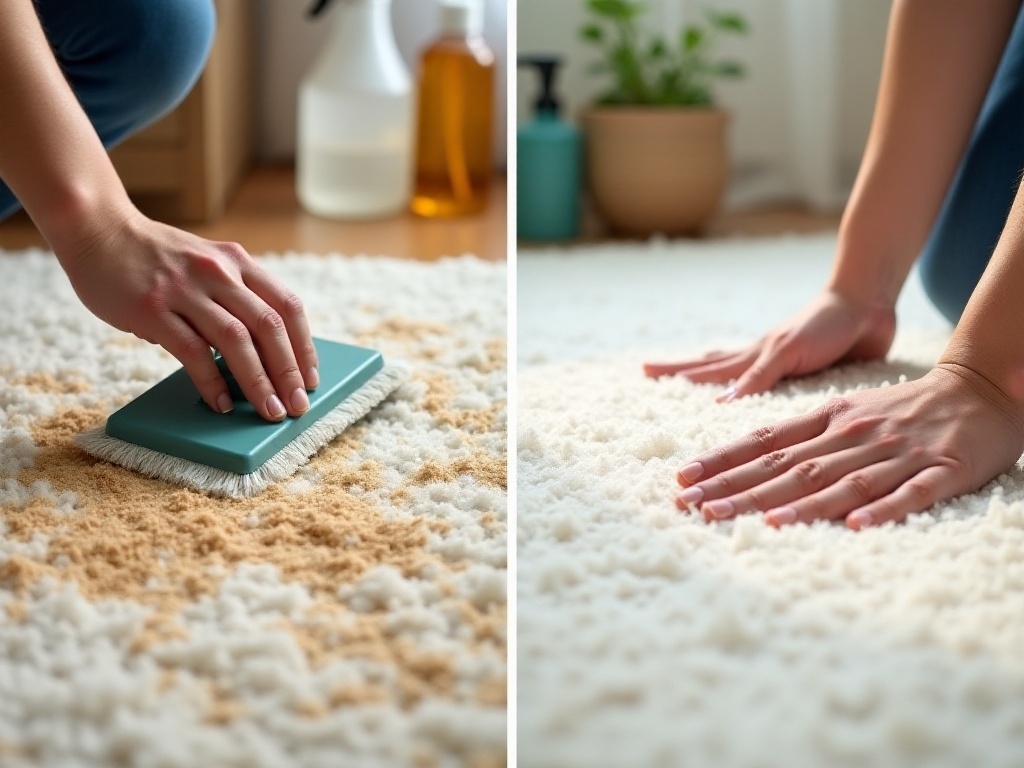
Cleaning Tips
When it comes to cleaning, there's endless experience to share. The most challenging is dealing with "accidents" on carpets. I still remember feeling helpless the first time I encountered such a situation. After countless trials and failures, I finally developed a perfect solution.
First, act immediately when you discover an "accident" - the quicker you deal with it, the better the results. Use thick paper towels to absorb surface waste, remembering not to rub back and forth as this only pushes the stain deeper. Then, prepare a cleaning solution of equal parts water and white vinegar. This ratio is crucial - too acidic will damage carpet fibers, too diluted won't clean effectively. Spray this solution evenly on the stain, then sprinkle a layer of baking soda. That's when the magic chemical reaction begins: the baking soda and vinegar react, creating bubbles that help bring deep stains to the surface.
After waiting a few minutes, spray more cleaning solution and gently rub with a clean towel. Be especially careful with the pressure - too much will damage the carpet, too little won't clean properly. Finally, let the carpet air dry, and once completely dry, vacuum up the remaining baking soda. This method not only removes stains but also eliminates odors - it's truly a lifesaver.
Besides handling "accidents," daily cleaning is also crucial. I now brush my pet daily with a special pet brush, which not only reduces indoor shedding but also strengthens our bond. During brushing, I also check their skin condition for signs of fleas or skin problems.
Speaking of shedding, I have a particularly useful trick. Before vacuuming, lightly rub the carpet with rubber gloves or a rubber broom. Static electricity will gather the fur together, making it much easier to vacuum up. We now do a deep clean weekly, including changing litter, washing food bowls, and disinfecting floors. Though it's tiring, the satisfaction of seeing a clean and tidy environment is absolutely worth it.
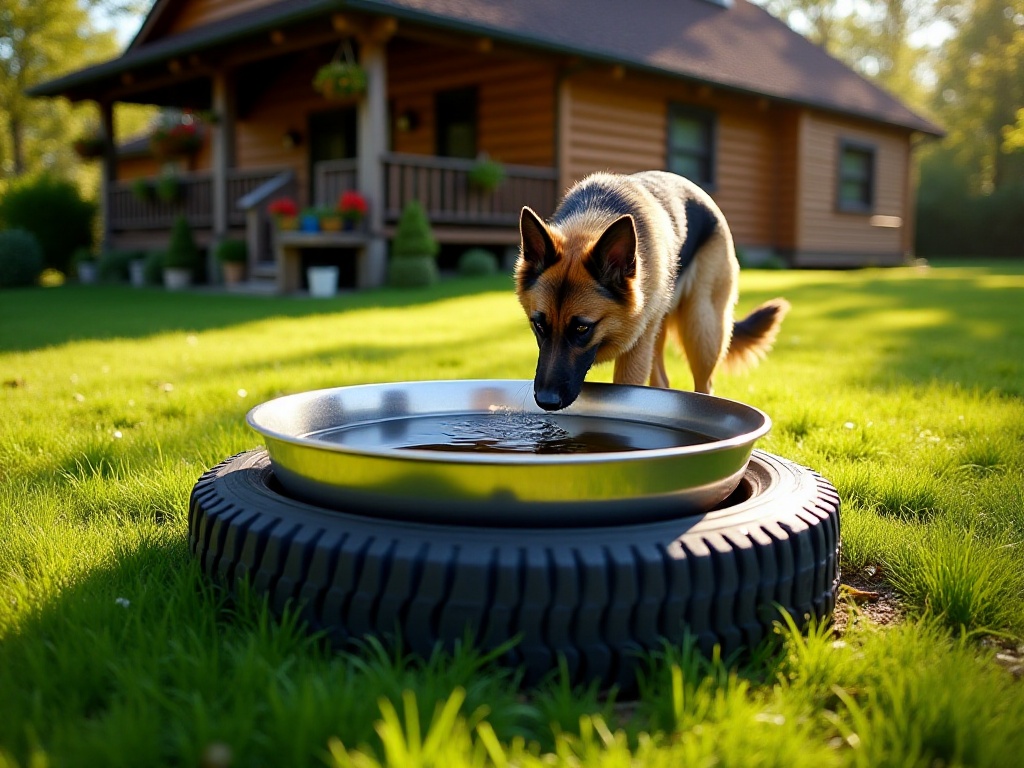
Health Protection
The most important aspect of pet care is ensuring their health, and exercise is key to maintaining it. When it comes to walking dogs, many people might think it's just about leading them around on a leash, but there's actually much more to it.
I love taking my dog to play on nearby slopes. Playing fetch downhill is particularly interesting because dogs need to run uphill against gravity, burning much more energy than on flat ground. Plus, uphill and downhill movement exercises their balance and muscle strength. When my dog first started, he would get winded after just a few runs. But after some training, his stamina has greatly improved, and now he runs up and down hills with ease.
Indoor exercise is also important, especially for pets that can't go outside often. I've set up a simple exercise area at home with cat trees, tunnels, and teaser toys. I make time every day to play with them, which maintains their exercise levels while strengthening our bond.
Speaking of exercise, another important point is to progress gradually. You can't start with too much or too intense exercise; it needs to be based on their age, size, and physical condition. For example, when I first started training my dog, we began with 15-minute walks and gradually increased to an hour.
Health monitoring is also crucial. I now do a comprehensive check of my pet weekly, including teeth, ears, and eyes. Dental care, in particular, is often overlooked. Regular tooth brushing can prevent many diseases, and I now brush my pet's teeth twice a week. They were very resistant at first, but with patience, they've become quite cooperative.

Temperature Management
Summer is a real challenge for our furry friends. I discovered an interesting and practical cooling method: freezing their favorite toys in ice blocks. This method is absolutely perfect for summer!
Here's how to do it: place the toy in a suitably sized container, fill it with clean water, and put it in the freezer. Once completely frozen, take it out for your pet to play with. They'll constantly lick and paw at the ice block to get to the toy. This process not only helps cool them down but is also really fun. The first time I did this, my pet was absolutely delighted and played with it all afternoon.
However, be careful not to give too many ice blocks at once or let them play for too long to avoid catching a chill. I usually limit it to 15-20 minutes. Also, choose non-toxic toys that won't release harmful substances when the ice melts.
Besides ice block toys, I also keep cooling mats at home. But not all pets like lying on cooling mats; some prefer lying on tiles instead. So it's best to prepare several resting areas with different materials and let them choose.
Special attention is needed when using air conditioning. Although we might find it comfortable, temperatures that are too low aren't good for pets. I usually set our AC around 26°C (79°F), which is neither too hot nor too cold. Also, when the AC is on, it's important to ensure good air circulation to prevent pets from catching a chill.
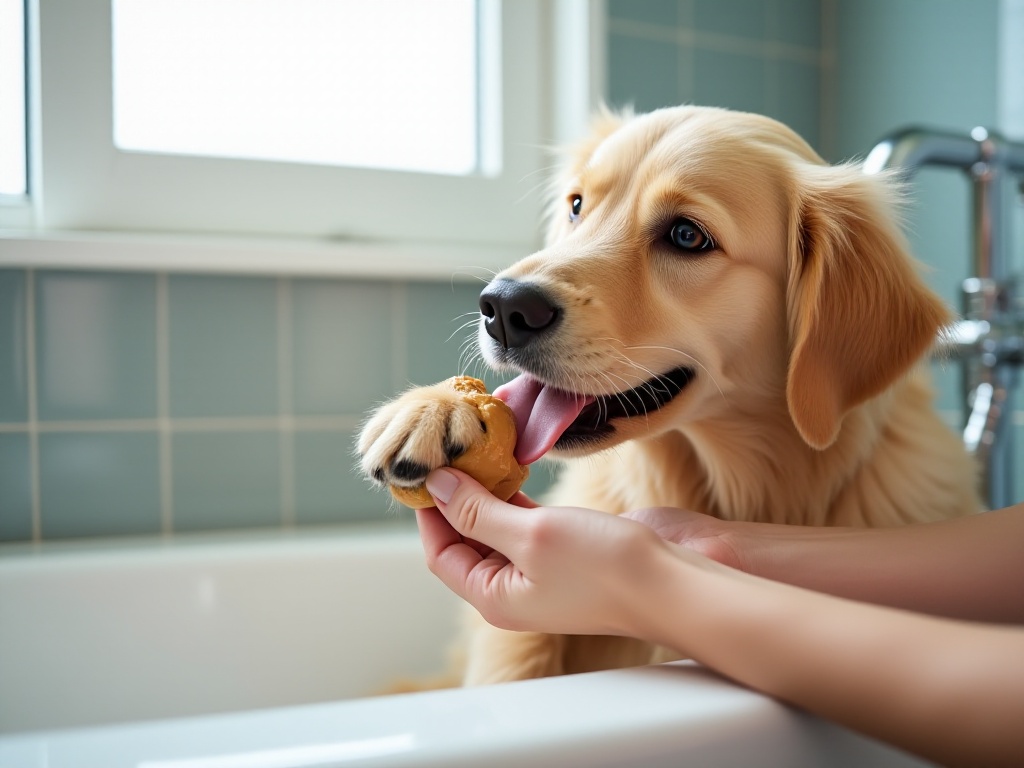
Safety Protection
When it comes to dog walking essentials, carabiners are absolutely my favorite. These little gadgets are incredibly useful.
First, they're perfect for temporarily securing your dog. For example, when going into a convenience store, you can easily clip the leash to a post outside. Before using carabiners, I used to awkwardly tie the leash, which was both time-consuming and unreliable.
Second, carabiners are amazing when walking multiple dogs. You can link several leashes together, eliminating the need to juggle multiple leads. Plus, it helps prevent the dogs from getting tangled up, making walks much easier.
However, I must remind everyone to choose high-quality carabiners with sufficient weight capacity. Since it concerns your dog's safety, this isn't something to skimp on. I now use professional-grade carabiners - they're a bit more expensive, but they give me peace of mind.
Besides carabiners, I also carry other safety items. These include a portable water bottle, dog treats, and cleaning wipes. These items can come in handy during unexpected situations on walks.
Speaking of safety, another crucial point is microchipping your pets. This investment is really worth it - if your pet ever gets lost, having a microchip greatly increases the chances of finding them. Both my cat and dog are microchipped, and while I hope we never need it, having this security brings peace of mind.
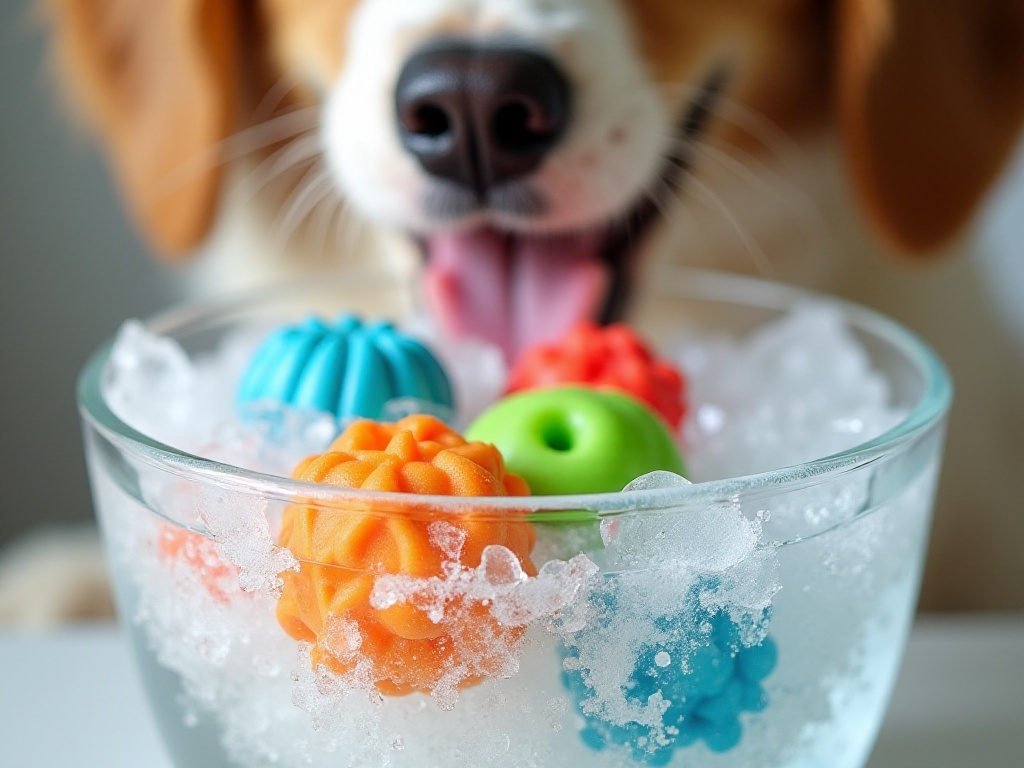
Experience Summary
Through years of exploration and practice, I've increasingly realized that pet care is truly a science. Each little trick represents the wisdom and experience of countless pet parents.
The most important thing is patience and love. Whether training pets or handling various issues, you need to take it slowly and not rush. I was very impatient at first, wanting to solve all problems in one day. Later I understood that building a relationship with pets takes time and needs to be done step by step.
Second is careful observation. Each pet has their own personality and habits, and care plans should be based on their characteristics. For example, some cats prefer solitude while others are very clingy; some dogs are very active while others are quieter. Understanding their traits helps us care for them better.
Finally, learn to adjust your mindset while caring for pets. Don't treat them as mere possessions, but as family members. They have emotions and temperaments too, and we need to learn to understand and accept them.
Pet care indeed requires a lot of energy and thought, but when you see them healthy and happy, all the effort is worth it. I hope these shared experiences can help more pet parents avoid some common pitfalls and make life easier for both themselves and their pets.
After all, we all want to be competent pet parents and give our furry friends the best care, right? Over these years, every time I see my pet content, I feel all the effort has been worthwhile. Having pets isn't just a responsibility, it's also a joy, and the happiness and warmth they bring us is irreplaceable.
Related articles


